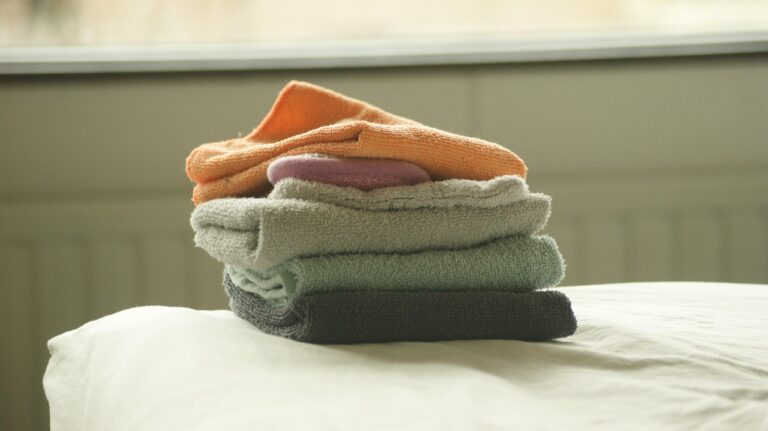Textile Finishing: Enhancing Fabric Quality and Durability
Textile finishing is a crucial stage in fabric manufacturing that imparts desired properties to textiles, enhancing their appearance, performance, and usability. This article delves into the various finishing techniques, their benefits, and applications in the textile industry.
What is Textile Finishing?
It encompasses a range of processes applied to fabrics after weaving or knitting to improve their aesthetic and functional qualities. These processes can be mechanical, chemical, or a combination of both, aiming to achieve specific characteristics such as softness, luster, wrinkle resistance, or water repellency
Types of Textile Finishing Techniques
Mechanical Finishing
Mechanical or physical finishing involves altering the fabric’s structure using physical means without changing its chemical composition. Key mechanical finishing techniques include:
Calendering: Passing fabric through heated rollers to achieve a smooth, glossy surface. Variations include moiréing, embossing, and glazing.
Singeing: Burning off protruding fibers to produce a clean surface, enhancing fabric smoothness and preventing pilling.
Napping and Brushing: Raising fibers on the fabric surface to create a soft, fuzzy texture, commonly used for warmth in fabrics like flannel.
Beetling: Pounding linen or cotton fabrics to produce a flat, lustrous effect, enhancing absorbency and sheen.
Compaction: Reducing fabric shrinkage by compressing the fabric, commonly applied to knitted textiles.
Chemical Finishing
Chemical finishing involves applying chemical substances to fabrics to impart specific properties. Common chemical finishes include:
Mercerization: Treating cotton with sodium hydroxide to increase luster, strength, and dye affinity.
Water Repellency: Applying fluoropolymers or silicones to fabrics to make them resistant to water, ideal for outdoor and active wear.
Flame Retardant Treatments: Using chemicals to reduce fabric flammability, essential for safety in various applications.
Antimicrobial Finishes: Incorporating natural agents like neem or aloe vera to inhibit microbial growth, enhancing hygiene in textiles
Benefits:
Textile finishing offers numerous advantages:
Enhanced Appearance: Improves fabric luster, smoothness, and overall aesthetic appeal.
Improved Performance: Adds functionalities like wrinkle resistance, water repellency, and flame retardancy.
Increased Durability: Strengthens fabrics, making them more resistant to wear and tear.
Comfort and Hygiene: Softens fabrics and incorporates antimicrobial properties for better comfort and cleanliness
Applications:
It is applied across various sectors:
Apparel: Enhancing comfort, appearance, and functionality in clothing.
Home Textiles: Improving durability and aesthetics in items like curtains, upholstery, and bed linens.
Technical Textiles: Adding specific properties required in industries like automotive, medical, and construction.
Common Questions About Textile Finishing
What is the purpose of textile finishing?
It aims to enhance the aesthetic and functional properties of fabrics, making them suitable for specific end-uses.Global Textile Times
What are the types of textile finishing?
It is broadly categorized into mechanical (physical) and chemical finishing, each encompassing various techniques to achieve desired fabric properties.
How does mercerization affect cotton fabrics?
Mercerization increases the luster, strength, and dye affinity of cotton fabrics, resulting in improved appearance and durability. Wikipedia
Why is singeing important in textile processing?
Singeing removes protruding fibers from the fabric surface, resulting in a smoother texture and preventing issues like pilling. Encyclopedia Britannica+4Online Clothing Study+4Wikipedia+4
What is the difference between calendaring and beetling?
Both are mechanical finishing processes; calendaring uses heated rollers to smooth and add luster to fabrics, while beetling involves pounding fabrics to achieve a flat, lustrous effect, particularly in linen. Global Textile Times+3Wikipedia+3Wikipedia+3

